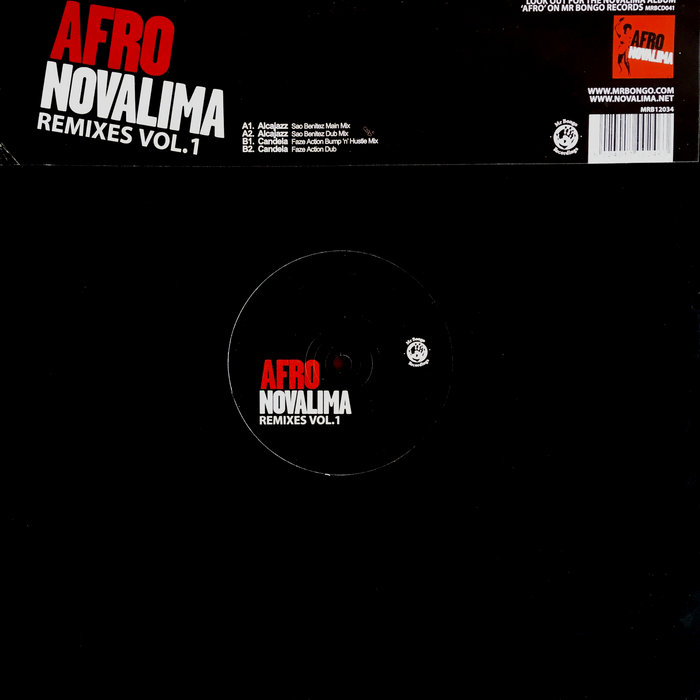
Machete (Daniel Klauser Remix) – NOVALIMA
this blog is GROOVY – check out great Soul, Funk, Jazz, Hip Hop, Bass, Breaks , Reggae, House n many more TUNES
Hey there, music lover! Let’s take a funky ride through the lively rhythms and rich history of Afro-Peruvian music. Grab your djembe or a pair of maracas, because we’re diving right in!
Afro-Peruvian music is like that secret spice that makes Peruvian culture pop! It’s rooted in the African heritage brought to Peru by enslaved people during the colonial period. These musical traditions blended beautifully with indigenous Andean sounds and Spanish influences, creating an irresistible groove that’s all its own.
The real magic began around the 16th century when African slaves were forcibly brought to work on sugar plantations along Peru’s coast. They brought their vibrant rhythms, songs, and dance forms with them. Alegría de la Huerta, festejo, and marinera became key styles encapsulating this unique sound.
And let’s not forget about those super cool instruments: from the rumbling cajón (a box drum) to the strumming of guitars—all playing together like they had one mind!
Speaking of instruments, let’s talk about what really keeps us grooving:
Cajón – This wooden box is more than just a seat; it’s a rhythm powerhouse! Originally made from shipping crates—talk about recycling!
Quijada – Yep, you heard me right! This instrument is made from a donkey’s jawbone. When shaken or struck, it produces some wild percussive sounds for that extra “wow” factor.
Guitar – Often played flamenco-style with quick fingerpicking for those spicy melodies we can’t resist dancing to!
It’s like each instrument has its personality contributing to that wonderful tapestry of sound.
Let’s shake things up with some amusing tidbits about musicians who’ve shaped Afro-Peruvian music:
Susana Baca isn’t just known for her stunning vocals; she also has an impressive knack for cooking! She once threw an impromptu concert while preparing dinner at home—guests got serenaded as they sipped pisco cocktails between courses! Talk about dining entertainment!
Eva Ayllón could easily be called Peru’s queen of fashion as much as she is queen of Creole music—a.k.a Afro-Peruvian tunes! There was this one performance where her fabulously colorful dress seemed almost alive as she danced—it twirled so well that folks thought it might start singing itself!
Néstor Morales claims he learned how to play cajón by experimenting on every flat surface he could find—tables, chairs…you name it! Can you imagine anyone getting upset over him tapping away on their school desk? Just picture his teacher trying not to crack up as Néstor turned math class into percussion practice.
Fast forward decades later—we see Afro-Peruvian sound influencing artists across genres around the globe today! From hip-hop beats borrowing those killer rhythms to jazz ensembles embracing traditional melodies—the reach continues expanding beyond borders.
One standout group making waves internationally is “Novalima.” These cats blend contemporary electronic vibes with classic Afro-Peruvian grooves—a type fusion that’s impossible not to shake your hips along with!
And then there’s “Los Muñequitos de Matanzas,” who mix traditional Cuban son sounds into their performances; turns out these guys love afro vibes too—all aboard this global groove train!
What’s incredible? Despite modern twists and fusions sprouting everywhere—you’ll still find communities vigorously keeping traditions alive through festivals celebrating dances like marinera or zamacueca—to honor roots passed down generations long gone.
Plus countless schools teaching new kids how-to-groove right alongside seasoned masters preserving age-old rhythms means future generations can keep shaking it way into tomorrow.
So there you have it—the dynamic rhythms and electric energy fueling Afro-Peruvian music through centuries without losing touch—that sweet blend creates connections across cultures worldwide today still vibrating within our hearts (and feet!). Whether sipping mate de coca while swaying under night skies filled dreams—or dancing wildly at celebrations…this genre reminds us why we all crave good times & great tunes together now more than ever before!
Keep on groovin’, friends—and remember—every beat carries stories waiting for someone brave enough (like YOU!)to share ‘em loudly everywhere life takes ya next!

Machete (Daniel Klauser Remix) – NOVALIMA

Macaco (Novalima Remix) – NOVALIMA